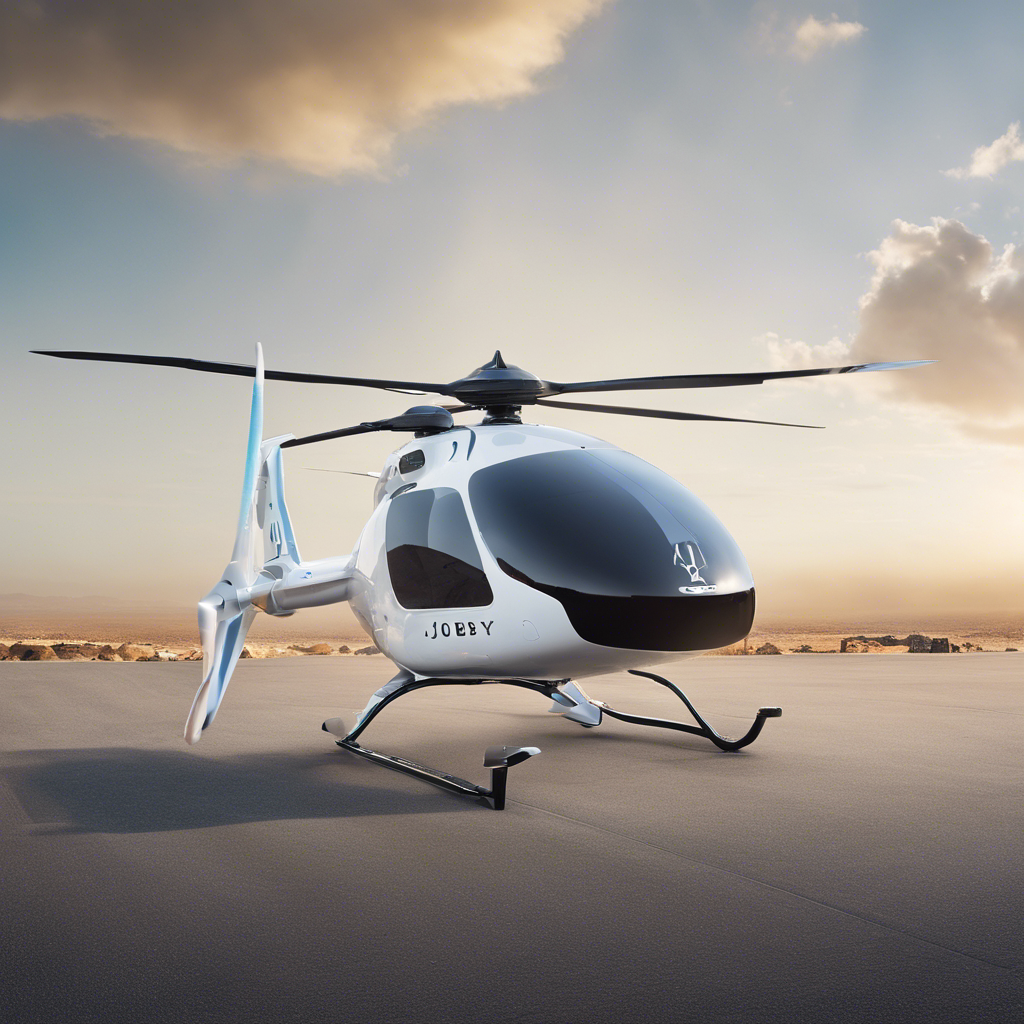Joby Aviation’s collaboration with the Defense Innovation Unit (DIU) has not only helped the company secure a footprint in the U.S., but also provided a pathway to work with the Defense Department and overcome the challenges of the “valley of death” in military procurement.
In September, Joby Aviation made a significant milestone by landing its first electric air taxi at Edwards Air Force Base in California. This achievement marked the culmination of years of collaboration with the U.S. Defense Department’s innovation community, specifically the Defense Innovation Unit (DIU). Joby’s partnership with DIU not only helped the company navigate the bureaucratic hurdles of the Pentagon but also showcased the potential utility of electric vertical-takeoff-and-landing (eVTOL) aircraft for military applications. This article explores Joby Aviation’s journey with DIU and highlights the importance of tailored acquisition processes for nontraditional companies in the defense sector.
Building a Relationship with DIU
When DIU awarded Joby Aviation a $20 million contract in 2016 to observe flight tests and gather data on the aircraft’s electric propulsion system, the startup was primarily focused on the commercial market. However, this initial contract not only provided funding for early testing but also signaled to private investors that the Pentagon saw promise in Joby’s work. Greg Bowles, Joby’s head of government affairs, noted that the partnership with DIU helped the company secure a foothold in the U.S. market and opened doors for future collaborations with the Defense Department.
Overcoming the Valley of Death
Joby’s collaboration with DIU helped the company overcome the “valley of death,” a critical phase between project initiation and adoption by a military service. While the specific military applications of Joby’s eVTOL aircraft are yet to be determined, the partnership with DIU has provided a tailored approach that circumvents the challenges often faced by companies introducing new technologies to the defense sector. By working with DIU and the Air Force’s Agility Prime program, Joby has been able to explore potential logistics and transportation missions for its aircraft, thus avoiding the potential stagnation of the valley of death.
The Evolution of DIU’s Mission
Since its creation in 2015, DIU’s mission has evolved from an experiment in building connections with commercial firms to an established organization with a proven model for prototyping and acquiring technology. Recognizing the need to compete with China’s military innovation sector, U.S. lawmakers are proposing significant increases in DIU’s budget. Pentagon leaders are also calling on the organization to play a larger role in fielding commercial capabilities on faster timelines. Doug Beck, DIU’s director, is spearheading the organization’s next evolution, known as DIU 3.0, which aims to deliver strategic impact by aligning capabilities with operational needs and ensuring scalability.
Elevating Innovation in the Pentagon
DIU’s journey has been marked by challenges and reforms. Initially struggling to find its footing, DIU underwent a reboot under new leadership and gained support from senior defense officials. The organization’s direct reporting line to the defense secretary and membership in the Deputy’s Innovation Steering Group have elevated its role within the department’s innovation process. DIU is now tasked with leading the Replicator initiative, which aims to rapidly field thousands of autonomous systems. However, DIU still faces resistance to change within the Pentagon and the need for additional resources and support.
Near-Term Challenges and Promising Steps
To achieve its goals, DIU must address near-term challenges related to personnel and funding. The recent hiring of senior executive service-level deputies is a significant step forward, but DIU lacks the hiring authorities to fill key roles. DIU’s budget has received a boost from Congress, with a proposed increase to $1 billion in fiscal year 2024. However, experts argue that deeper reforms are necessary to fully leverage commercial technology and counter China’s military advancements. Changes to the Pentagon’s budgeting process and acquisition system are crucial for DIU’s long-term success.
Conclusion:
Joby Aviation’s partnership with the Defense Innovation Unit has not only helped the company navigate the complexities of the Pentagon but also provided a pathway for other nontraditional companies to work with the Defense Department. The collaboration has allowed Joby to secure a foothold in the U.S. market, overcome the challenges of the “valley of death,” and explore potential military applications for its electric air taxi. As DIU evolves into its next phase, DIU 3.0, its mission to deliver strategic impact will require increased resources, collaboration, and support from senior defense leaders and Congress. By addressing near-term challenges and implementing deeper reforms, DIU can continue to bridge the gap between Silicon Valley technology companies and the defense sector, driving innovation and enhancing national security.











